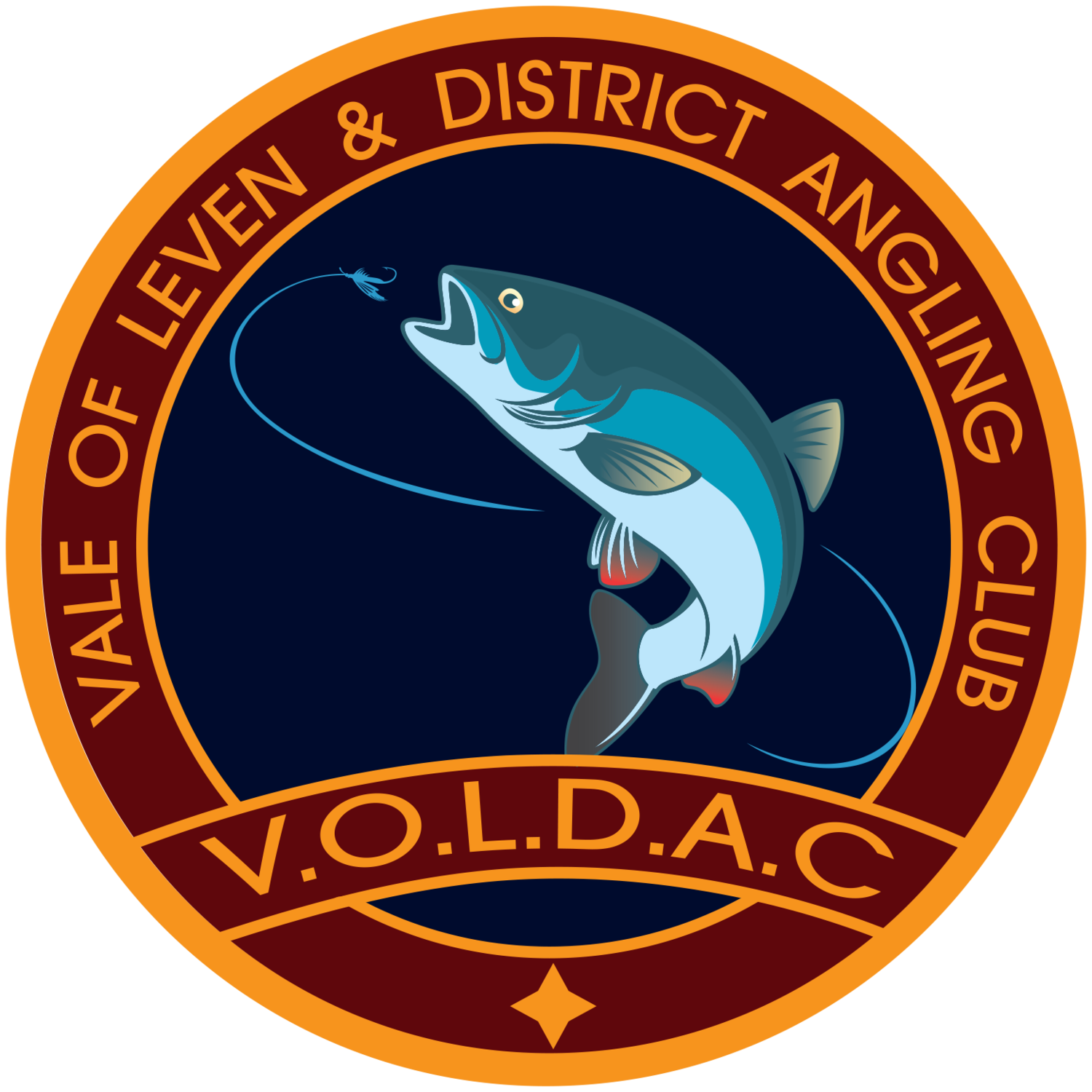River Leven
The River Leven’s course begins just above Balloch where it exits Loch Lomond and continues through the Vale of Leven and Dumbarton to its confluence with the River Clyde. It is is a relatively short river at approximately seven miles long and is understood to be Scotland’s second fastest flowing river after the River Spey.
An angler fishes through The Piles - a popular pool in the middle stretches of the river
With 36 named pools and numerous runs and glides suitable for fly fishing or spinning, the Leven has always been regarded as one of the best salmon and sea trout rivers in Central Scotland. Although the Leven fishes best when high, salmon and sea trout will still run the length of the river in low water. The lower stretches are tidal and the river is short, so many anglers focus their efforts around the tide times. Two hours before and two hours after high tide is the general rule of thumb.
Popular pools in the upper to middle part of the river include: The Top Pool, Double Pipes, the Chapel Hole, the Bonhill Bridge Pool, the Glebe and the Piles. Fishing is by any legal means, other than the Bonhill Bridge Pool, which is fly only.
The Bonhill Bridge Pool
A notable stretch further down the river is “The Circuit” - a horseshoe shaped loop. Approximately half a mile long with ten named pools, which anglers can fish through before walking along a short path from the last pool back to the first where they are able to repeat the process.
The lower part of the river from Renton to Dumbarton has a number of productive pools which include Dalquhurn Lade, McKinnons Hole, the Garden Stream and the Washhouse Pool. The tidal stretches around Dumbarton from Howgate Stream to the Gravel Bank Stretch are renowned for the quality of sea trout fishing.









